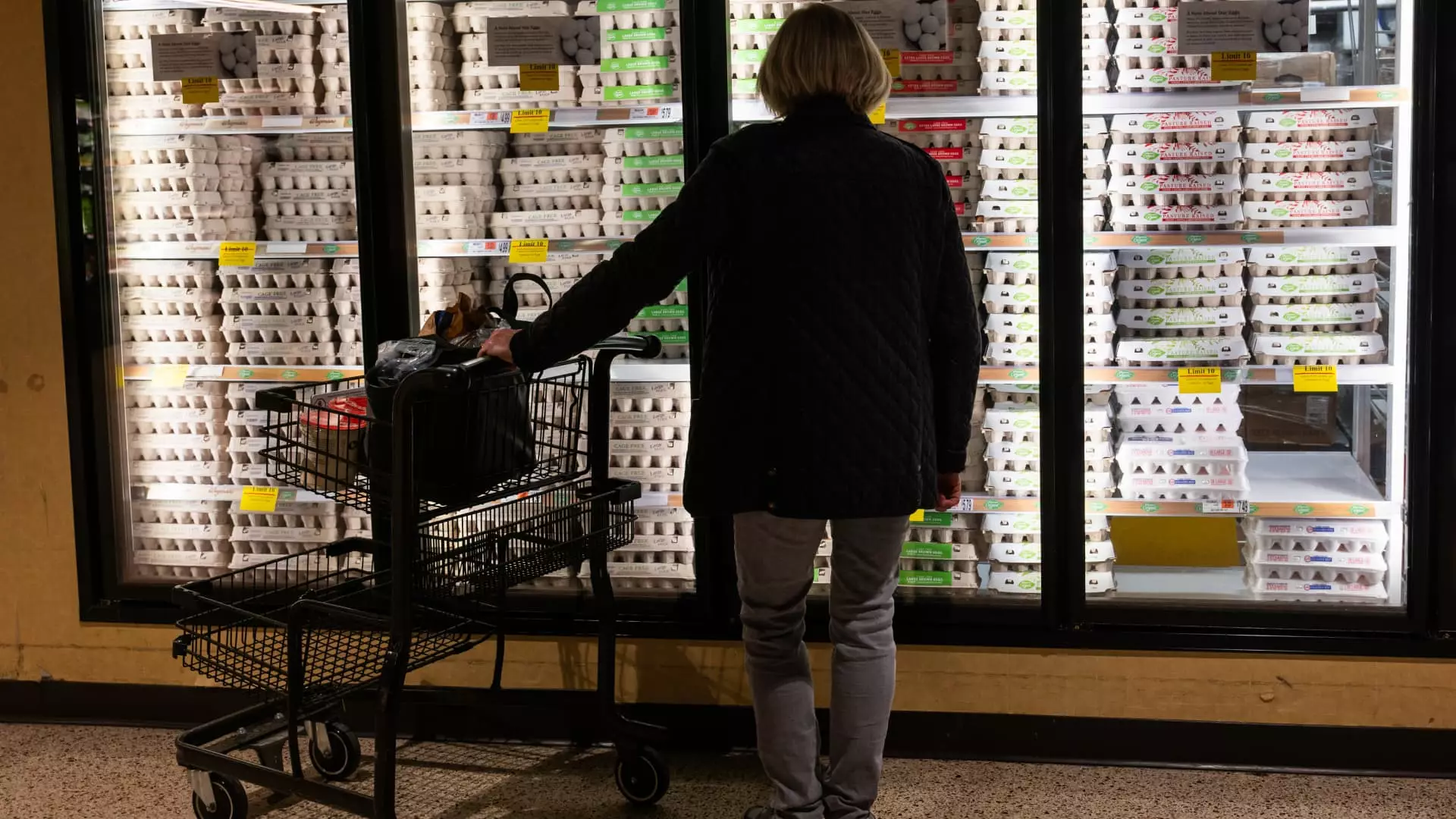The egg market has witnessed a remarkable shift in recent weeks, as wholesale egg prices have plummeted from their exorbitant highs earlier this year. Dropping from a staggering $8.58 per dozen on February 28 to $4.83 last Friday, this notable 44% decrease has many consumers breathing a sigh of relief. For those who have spent much of 2023 grappling with skyrocketing prices, this turn of events may finally promise a sigh of relief from the heavy financial burden of food shopping, particularly in light of the recent record highs.
Consumers, who just months ago were shelling out an average of $5.90 for a dozen large Grade A eggs, may finally see some reprieve thanks to a combination of factors that have allowed for a gradual recovery of the nation’s egg supply. Though the price spike was largely attributed to a catastrophic bird flu outbreak that decimated millions of egg-laying hens, current trends suggest that the worst may be behind us.
The Role of Bird Flu and Market Dynamics
Interestingly, the sudden availability of chicken eggs has been supported by a decrease in bird flu occurrences in March. The U.S. Department of Agriculture has pointed out that these fewer outbreaks have contributed to improved supply levels, leading to the sharp declines in wholesale prices over the past week. Karyn Rispoli, an egg market analyst, notes that these improvements have been largely responsible for easing the previously extreme strain on wholesale prices.
However, while the wholesale numbers paint a positive picture for consumers, the essential question remains: when will consumers truly feel the impact of these declining prices at the checkout counter? The unfortunate truth is that there is usually a decisive lag between fluctuations in wholesale costs and retail price adjustments, often extending two to three weeks. As a result, shoppers are still confronting the elevated prices fostered by the previous market conditions.
The Fear of Future Price Increases
Furthermore, there is a psychological aspect to the current situation that cannot be overlooked. With consumers reluctant to purchase eggs at the current inflated retail prices, many have opted to stockpile—which echoes behavioral patterns seen at the genesis of the COVID-19 pandemic. The fear that prices may continue to escalate has led shoppers to be more conservative in their purchases, leaving them with a downward-sloping demand that diminishes urgency in replenishing supplies.
As the crisis of the past few months lingers in the minds of shoppers, apprehension about egg prices remains, shaping buying behavior that could paradoxically stabilize or depress prices further. It’s essential that consumers understand why prices fluctuate and how their purchasing habits contribute to these market dynamics.
Looking Ahead: Anticipating Easter Demand
Compounding the complexity is the upcoming Easter season, which traditionally results in a seasonal upsurge in egg demand. With Easter set for April 20 this year, it remains to be seen how retailers will navigate this increased consumer interest. While some optimism surrounds the prediction that wholesale prices may stabilize at lower levels, it’s equally likely that heightened demand could put additional pressure on both wholesale and retail pricing structures.
As Kevin Bergquist from the Wells Fargo Agri-Food Institute highlights, egg prices are likely to continue exhibiting volatility leading into Easter, but perhaps at a higher-than-normal baseline due to enduring demand. This begs the question—will the recent wholesale reprieve translate to visible price reductions in stores, or are consumers still on course for another “egg-sperience” of sticker shock?
Final Thoughts: A Fragile Balance in Supply and Demand
The evolving landscape of the egg market is indeed a double-edged sword, where fluctuating prices resonate not just with the product itself but with broader themes of consumer behavior and market resilience. Despite the present challenges, it is hard not to feel a glimmer of hope as the wholesale price decline signals a potential recovery. Nevertheless, until the retail sector, consumer psychology, and seasonal demand dynamics align, it seems consumers will remain in a state of uncertainty as they navigate the tumultuous waters of egg pricing going forward. The real challenge will thus lie in finding equilibrium amid fluctuating pressures on egg supply and demand.

